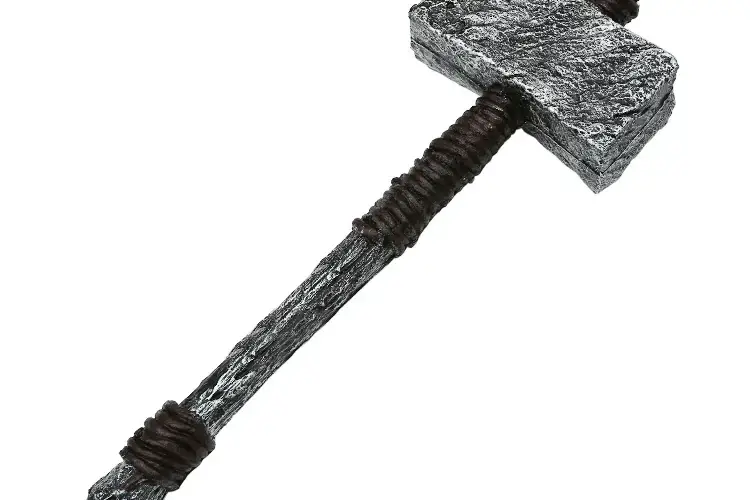War is as old as human civilization itself, and the quest for dominance, power, and survival has driven societies to create weapons of unimaginable destruction. In the ancient world, where battles were fought face to face, the tools of war were not just instruments of death; they were designed to instil terror, cripple enemies, and secure victory in the bloodiest ways possible.
From the piercing arrows of the East to the crushing hammers of the North, here are seven of the most fearsome weapons ever wielded by ancient warriors.
1. The Spartan Xiphos
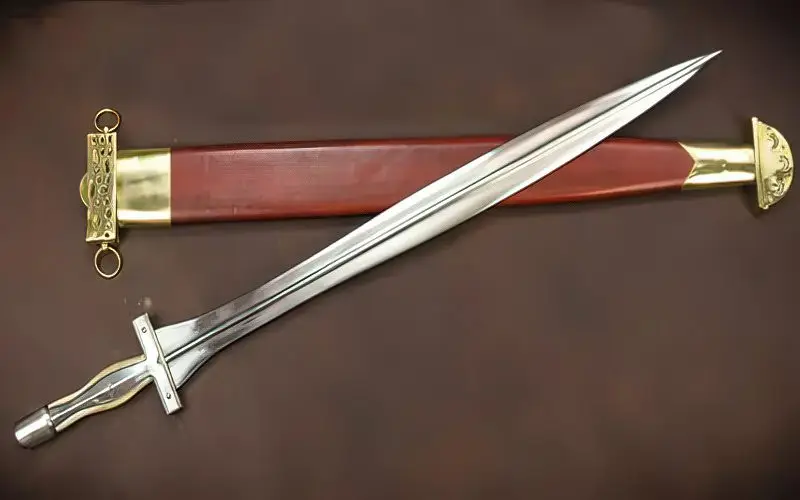
The Xiphos was the weapon of choice for the legendary Spartan warriors, a short sword that was designed for close combat and quick, lethal strikes. Made of bronze or iron, the Xiphos had a leaf-shaped blade, perfect for thrusting into the unprotected parts of an enemy’s body, such as the neck or armpits.
What made the Xiphos particularly terrifying was the warrior who wielded it. Spartans were trained from childhood to be efficient killers, and in their hands, the Xiphos became an instrument of surgical precision. Although the Xiphos was used as a secondary weapon to the traditional Greek Dory or Javelin, it was still extremely efficient in ancient battles.
2. The Roman Scorpio
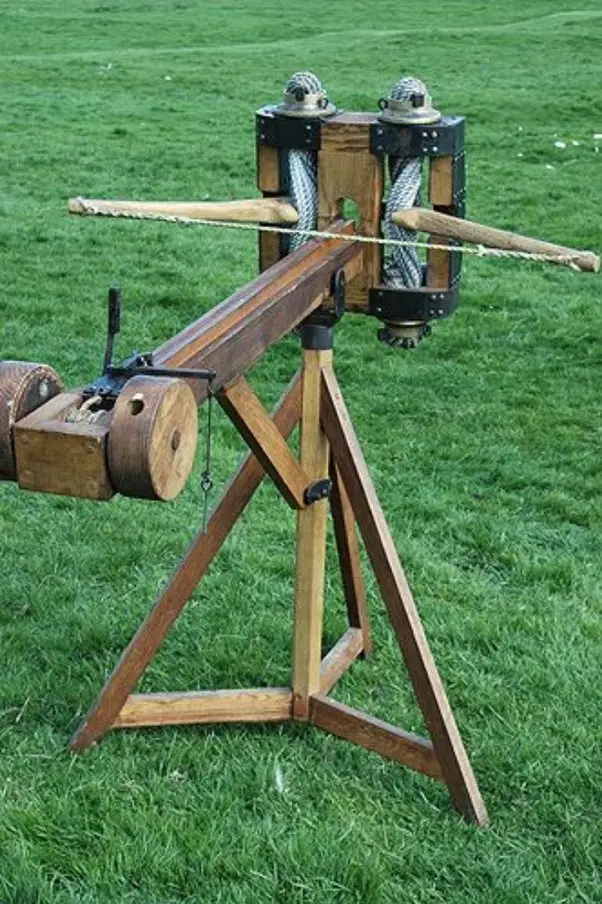
The Roman Empire was famed for its military ingenuity, and the scorpion was one of its most fearsome creations. This ancient torsion-powered artillery piece could launch a volley of deadly projectiles—large iron-tipped bolts designed to pierce armour and flesh alike—at an alarming rate.
The scorpion was capable of firing dozens of bolts per minute and has been compared to the modern machine gun. Roman soldiers, well-drilled and disciplined, could decimate entire ranks of enemy troops before they even got close. The sight of these bolts streaking through the air, bringing swift and painful death to anyone in their path, was enough to break the spirit of even the most hardened ancient warrior.
The devastating power of this ancient weapon is shown in the Battle of Alesia in 52 BC. Under Julius Caesar, the Romans used the scorpion to decimate the Gualic forces of Vercingetorix, the chieftain of the Arverni tribe who had united the Gauls in a rebellion against Roman occupation.
3. The Greek Fire
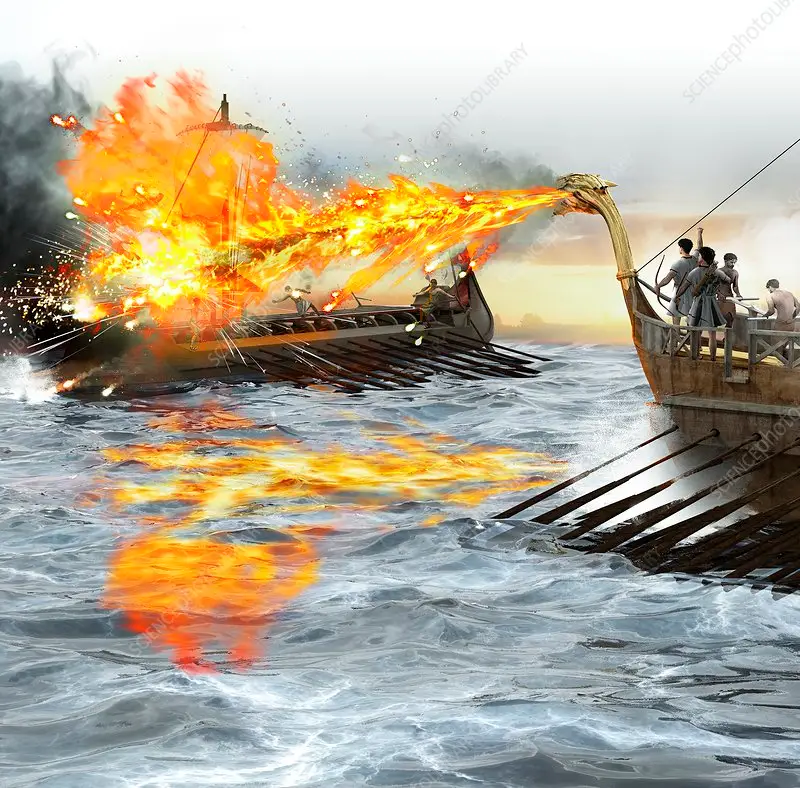
Credits: SciencePhotoLibrary
The Greek fire is a mysterious weapon that is unique to the ancient Byzantine Empire. This incendiary weapon was used in Naval warfare and siege defences. This ancient weapon was a closely guarded secret, and even today, historians are not sure about the exact composition of the fuel used to create the flame. Although some suggest that
The Byzantine Navy delivered the fire through tubes or siphons that have been expertly integrated into ships or wall defences. Once released, the fire stuck to anything it touched and burned with an intensity that made escape impossible.
The great fire was famously used against the Umayyad forces during the siege of Constantinople (717 – 718). According to records, the fire was sprayed from the walls of Constantinople and the besieging Umayyad fleet. The fleet suffered heavy losses and was forced to retreat, and the land forces eventually lifted the siege after being weakened by the harsh winter and lack of supplies. This crucial victory ensured the survival of the Byzantine Empire for another 200 years.
4. The Obsidian Knives
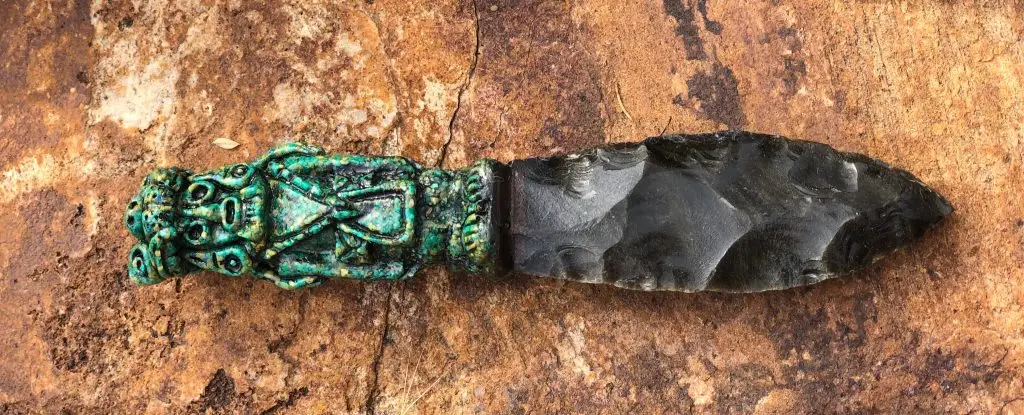
Obsidian knives were crafted from volcanic glass and are one of the sharpest blades ever forged. They were among the most feared and effective weapons in ancient warfare, particularly in Mesoamerican cultures. Aztec warriors, for instance, used obsidian knives both in combat and for ritual sacrifices. The blades could slice through flesh with ease, causing deep wounds that were difficult to heal due to the jagged nature of the cuts.
Despite its sharpness, obsidian is also brittle, which meant that while these knives could deliver devastating strikes, they were prone to chipping and breaking during extended use. This limitation, however, didn’t diminish their value. In the hands of a skilled warrior, an obsidian knife was a terrifying weapon capable of inflicting serious injury with minimal force.
In warfare, these knives were not only practical tools but also carried significant cultural and spiritual meaning, often symbolizing the connection between the warriors and their gods.
5. The Indian Katar
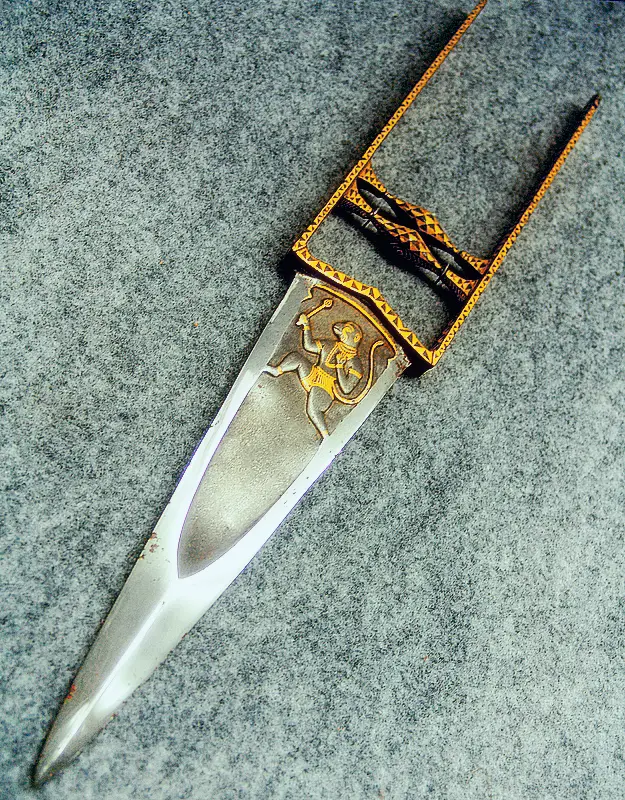
The Katar, a weapon native to the Indian subcontinent, was a dagger unlike any other. Wielded by the Rajputs and other warrior classes, the katar is characterized by its H-shaped horizontal hand grip, which places the blade above the user’s Knukkles. It was designed for close combat, delivering deadly thrusts with the force of a punch.
Its broad, triangular blade could penetrate the thickest armour, making it a favoured weapon for assassinations and duels. What made the katar truly fearsome was its ability to cause devastating internal injuries. A strike to the torso would shatter ribs and pierce vital organs, leading to a slow, agonizing death.
It is very flexible to use and difficult to defend against. A well-trained warrior armed with the Katar could deliver more than 15 stabs in a minute with this ancient weapon.
6. The Viking War Hammer
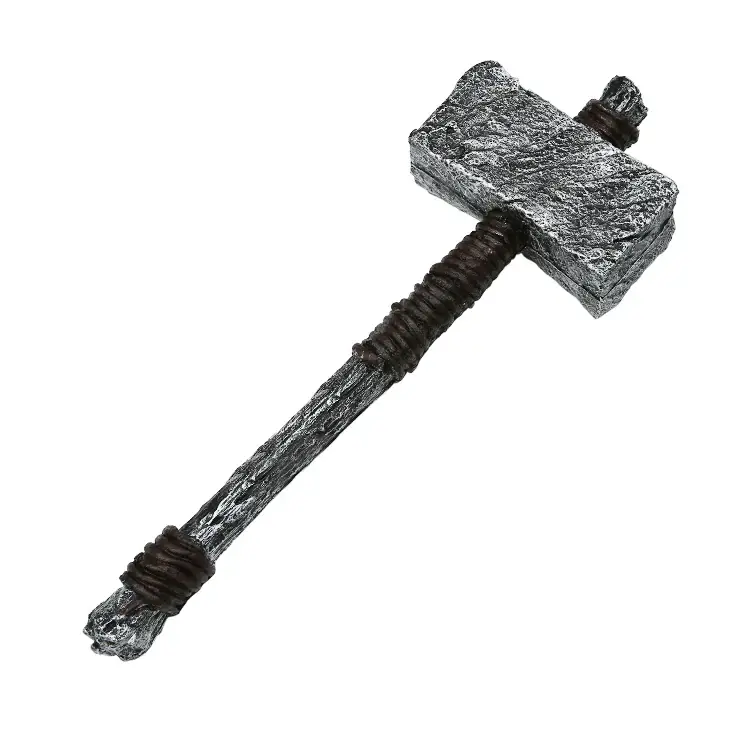
The Vikings were masters of brute force, and their war hammers were a testament to this. This unique weapon was designed to crush rather than cut; it was capable of delivering bone-shattering blows that could end a life in an instant.
The war hammer’s head, often made of iron or steel, was heavy and blunt, perfect for smashing through helmets and armour. A single blow from a Viking war hammer could cave in a skull, leaving the victim dead or dying on the battlefield. The sheer power of this weapon, coupled with the terrifying reputation of the Viking warriors, made it one of the most dreaded tools of war in the ancient world.
7. The Chinese Ji Spear
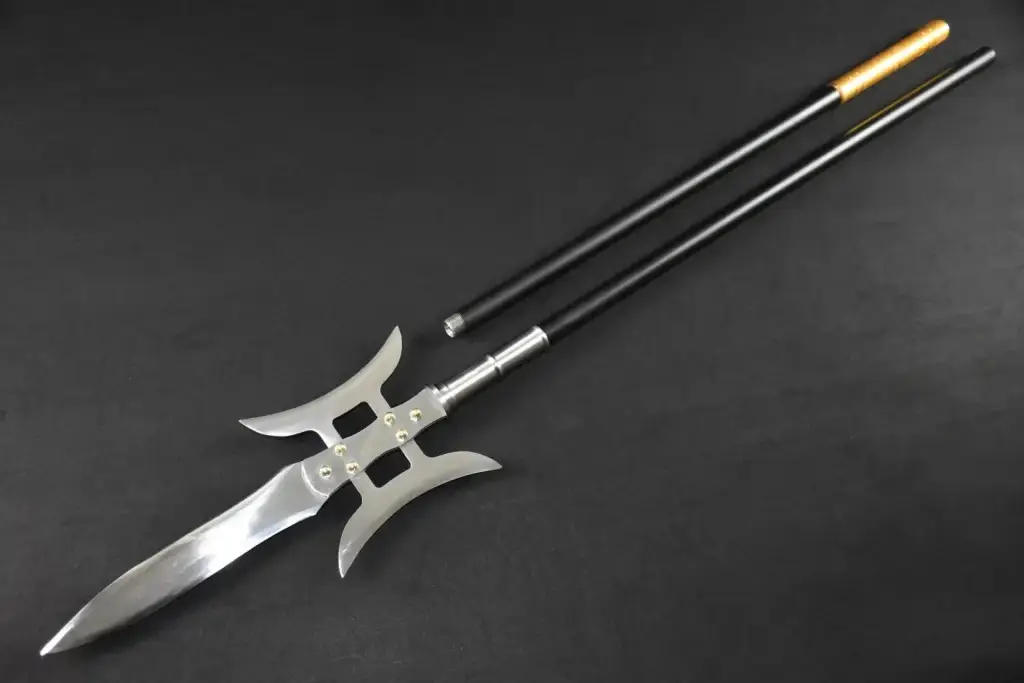
The Ji was a polearm weapon used by Chinese soldiers during the Zhou dynasty and beyond. Combining the features of a spear and a battle-axe, the Ji was a versatile weapon that could slash, stab, and hook enemies in the chaos of battle. This ancient weapon dominated battlefields in Asia for more than 3000 years, up to the Taiping rebellion in the late 19th century.
What made the Ji so deadly was its ability to dismember and decapitate with brutal efficiency. In the hands of a skilled warrior, the Ji could lop off limbs or heads in a single swing. The psychological impact of facing such a weapon, knowing that a single misstep could lead to dismemberment, was enough to sow fear and confusion among enemy ranks.
